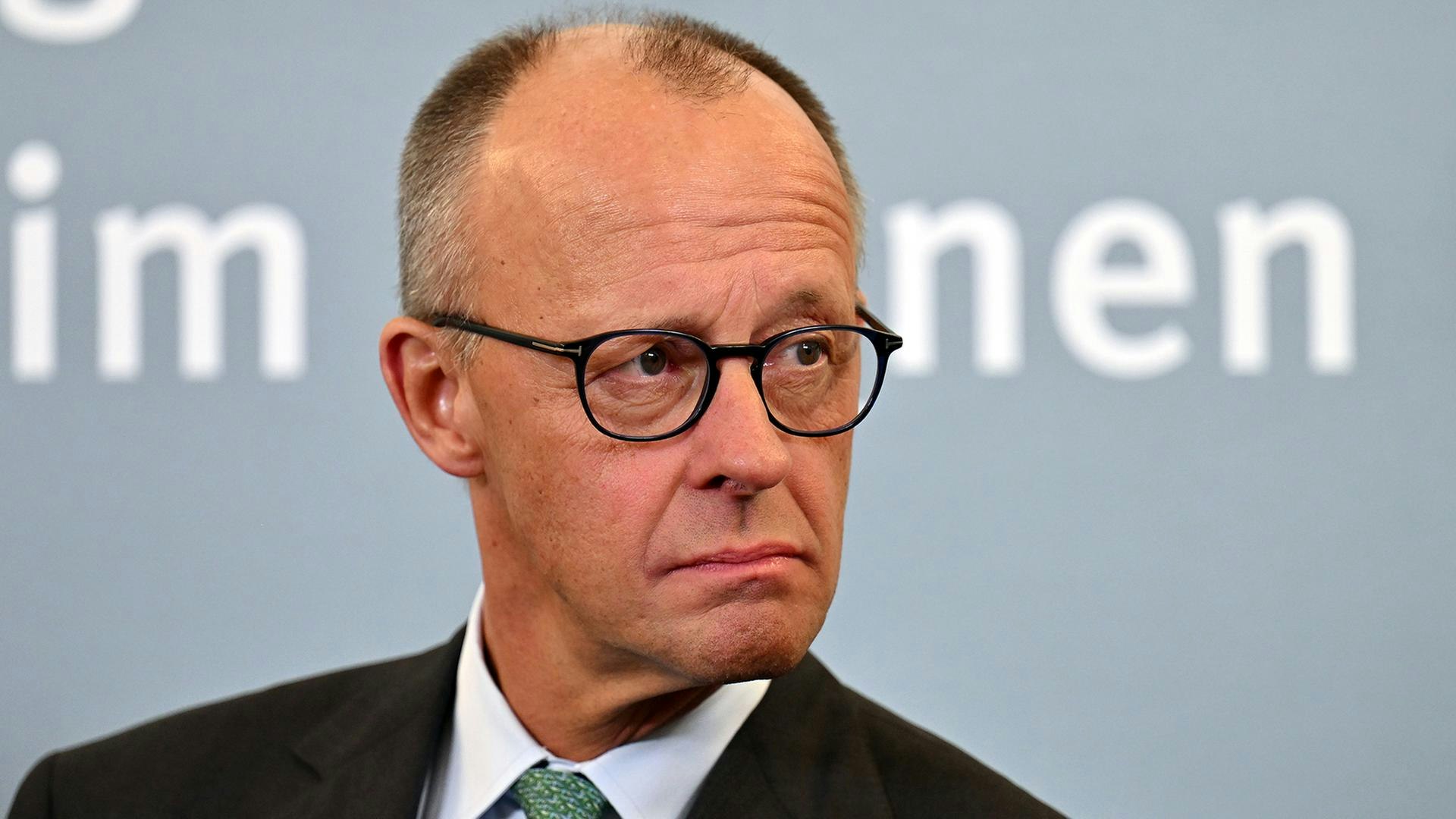Wealth
ETF Saving Made Easy – The 8 Costliest Mistakes and How to Avoid Them
ETFs are considered simple, cost-effective, and high-yielding - but many private investors lose money because they make classic mistakes. Experts explain how to avoid them and invest successfully in the long term.

1. Too Many or Wrong ETFs
A global ETF like the MSCI All Country World is usually sufficient. Mixing too many funds leads to loss of oversight and risks overweighting. "Keep it simple," advises consumer advocate Niels Nauhauser.
2. Too Much Activism
Frequent buying and selling reduces returns. No one reliably hits the perfect entry and exit timing. Therefore, the most important rule is: Stay invested – even in turbulent market phases.
3. Duration of Investment Too Short
Stock ETFs Need Time. Experts Recommend a Minimum Term of Twelve Years to Weather Heavy Slumps. Anyone Who Needs the Money at a Fixed Time Should Shift to Safer Investments in Good Time.
4. Sell Everything in Retirement
Even in old age, it is worthwhile to remain invested. Only in this way can inflation be offset and a sustainable payout be ensured.
5. Underestimate costs
Fees can significantly reduce returns. Just €2.75 per savings plan execution can add up to thousands of euros over decades. ETF savings plans without execution fees are clearly advantageous.
6. Concentration Risks in the Portfolio
Many investors invest too heavily in individual regions or sectors - often unconsciously. Pay attention to broad diversification and avoid mixing too many similar ETFs.
7. Too Many Trend ETFs
Themed funds are risky and should only be a small addition (max. 10-20%). Anyone who enters or exits too late risks significant losses.
8. No Rebalancing
Over time, weightings in the portfolio shift. Check your portfolio at least once a year and restore the original allocation. Only then will the risk remain under control.





